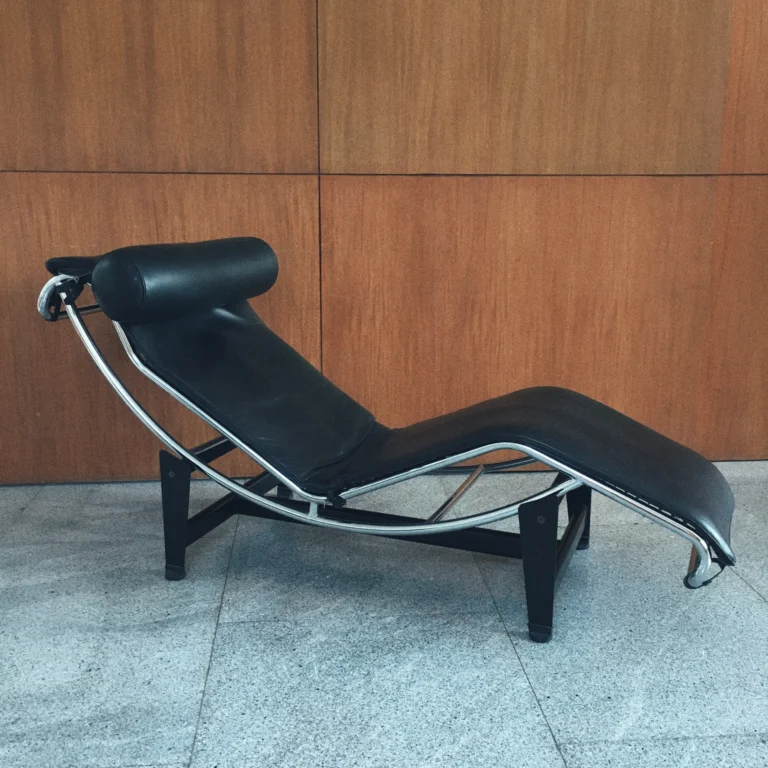The 3 R-vantages of Rearranging Your Furniture: Re-identification, Repurposing, and Redirection
What if healing your past could begin with simply moving a chair? We often overlook how deeply our environment affects our emotions—but the spaces we live in carry memories, both joyful and painful. Rearranging your furniture isn’t just about aesthetics. It’s a subtle yet powerful act of emotional self-care.
From re-identifying your sense of safety to repurposing stuck energy and redirecting your focus, the practice of rearranging can transform your home into a space that supports your healing. As author Sophia Item reflects, small changes in your surroundings can help you regain control, find clarity, and move forward.



